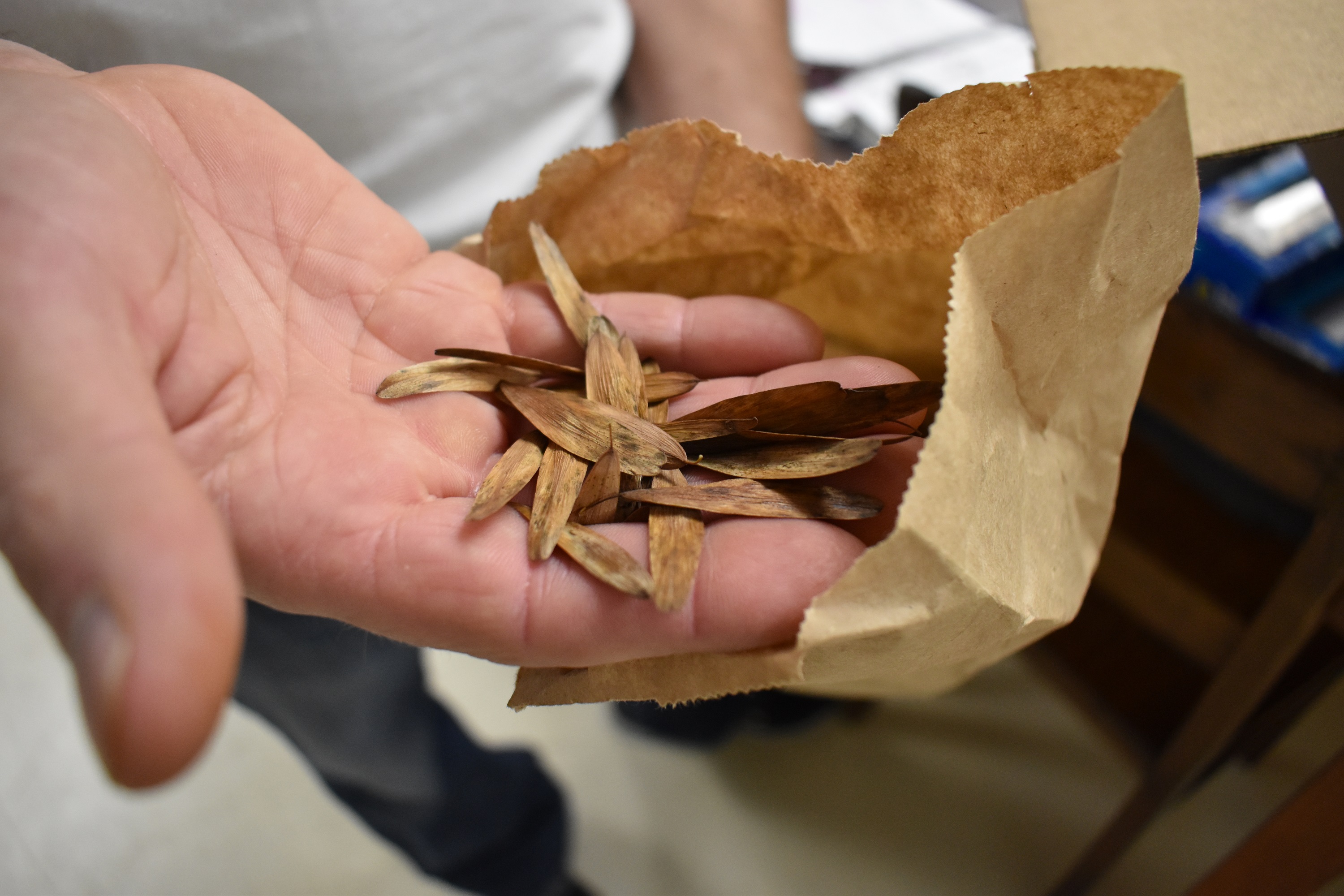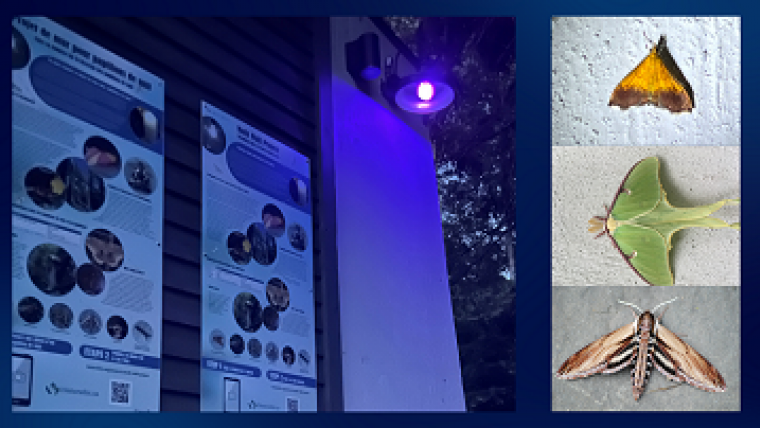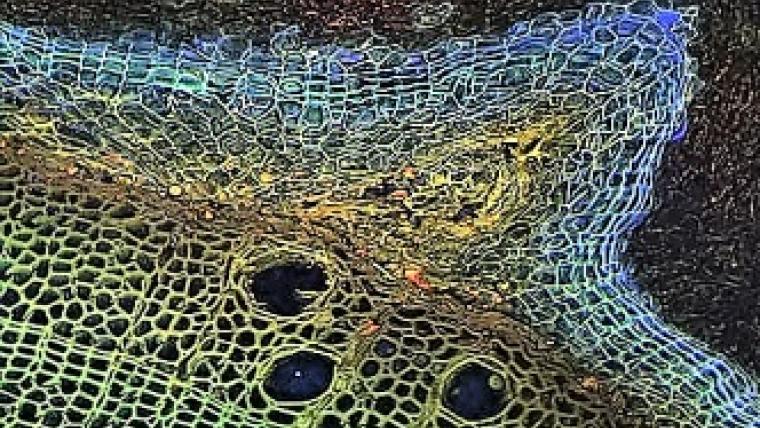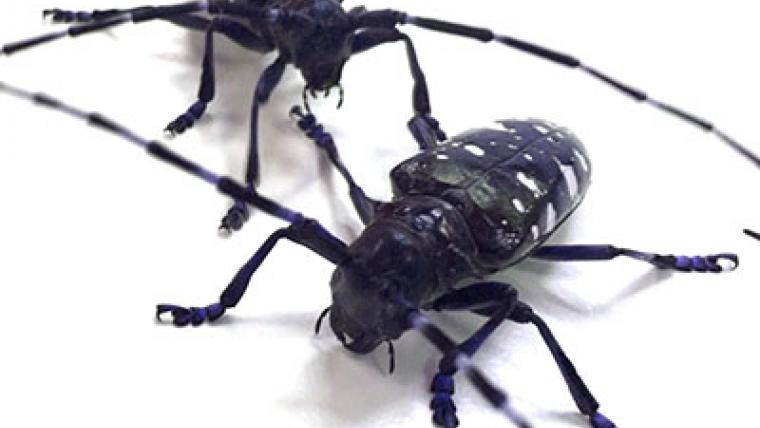Seeds that Succeed
Canada’s National Tree Seed Centre
By Joe McKendy
March 21, 2018
When a researcher in Northern Ontario was exploring options for trees that might thrive in her community’s changing climate, she zeroed in on the hardy jack pine. In Alberta, a researcher looking for the right tree for an oil sands reclamation site decided on the same species.
Their first step was to get seed. Simple enough, right? Go to a local nursery, or order from an online catalogue.
But if these researchers had gone that route, they might have obtained seeds with a germination rate as low as 1 or 2 percent. And even if their seeds germinated and were then planted, they might not have grown into healthy trees.
Fortunately, the two researchers got their jack pine seeds from a trustworthy source: Canada’s National Tree Seed Centre in Fredericton, managed by Donnie McPhee.
Why it matters where a seed was “born”
Seeds from the Seed Centre come with a “pedigree.” As a Forest Genetics Technician, McPhee knows exactly where the seeds were collected, right down to their GPS co-ordinates. This knowledge helps him to determine what other regions will have the right mix of soil and climate conditions that these particular seeds need to grow into healthy trees. And this knowledge is vital.
“There is so much genetic diversity in our trees,” says Donnie. “If I send you seed from five different jack pine seed lots [a collection of seeds from one particular tree], maybe only one of them would work out really well…. If the seed was collected in Southern Ontario and used in Northern Ontario, you might not get great results.”
“Babied” seeds last for decades
What’s more, these seeds have been carefully nurtured. The Seed Centre processes and stores seed under closely calibrated conditions of temperature, light and humidity to keep them clean and healthy. As a result, germination rates for these well-tended seeds are often over 90 percent.
Nearly all the seeds are stored in mason jars with a drying agent at -20°C, where they can stay viable for decades. For example, seeds from jack pine, white spruce, black spruce and red pine have germinated at over 80 percent after 40 or 50 years of storage. To make sure the seeds are healthy, Seed Centre staff test each seed lot every 10 years to confirm its viability.
Why preserve a seed for so long? Consider our ash trees, which have been dying at rapid rates for over 15 years now due to damage caused by the emerald ash borer, an invasive insect. For now, this decline appears unstoppable. But if one day the emerald ash borer dies out or we find a way to control it, a healthy supply of ash seeds will be essential to reintroducing the species.
Seeds for climate change and land reclamation research

Larger image
Black Ash Seeds
The Seed Centre collection includes about 150 tree species, with about 100 seed lots collected from locations across Canada for each species. Like the researchers experimenting with jack pine, many of the Seed Centre’s clients are involved in land reclamation or climate change research.
One type of climate change research deals with assisted migration: the deliberate relocation of species to areas where the climate should allow them to thrive. “There is a general consensus that the movement of some tree species cannot keep up with the rate of climate change,” says Donnie. This inability to adapt quickly enough to new climates has a serious impact on a forest’s growth and composition.
Seed embryo and DNA research
In addition to supplying seeds to others, the Seed Centre is exploring new areas of research. Dr. Tannis Beardmore is leading a research project on the butternut tree, or white walnut, which has been nearly wiped out in North America by a fungal disease and is at serious risk of becoming extinct. By storing butternut tissue at -196℃, the Seed Centre aims to preserve the species over the long term to support future conservation efforts.
Fearless and priceless
Helping preserve the forests of the future is not the only aspect of his research that McPhee finds exciting: the field work that he’s been doing for over 30 years still sometimes requires him to climb trees to collect seed. “With large pine or hemlock,” he says, “the seed is at the top of the tree, and we don’t have helicopters.” And mature trees can be tall — as much as 150 feet, or as high as a 15-storey building.
Melissa Spearing, who helps run a nursery in Ontario, spent five weeks the Seed Centre there as a volunteer. She is passionate about not just genetic and seed conservation but also the Seed Centre itself: “Its collection is priceless,” she says. “This is a national, living monument capable of weathering the storm of forest fires, pest epidemics and climate change. These seeds can be resurrected whenever we need them.”
- National Tree Seed Centre
- Canada’s Forest Genetic Research Information System. Is a vast collection of information about native tree species that may require genetic conservation. Developed by provinces and forestry stakeholders, the information system complements the Seed Centre’s database.
Page details
- Date modified:



